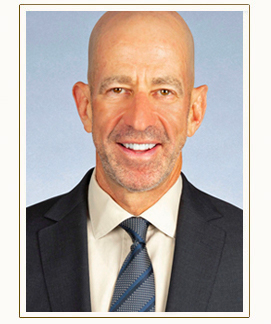Many Americans of various income levels expect to make use of Medicare for health care costs after age 65. However, it is important to note that Medicare does not pay for care at a nursing facility except in certain circumstances.
First, let’s review what Medicare does cover. Medicare Part A covers care in a hospital and Part B covers outpatient services. For these benefits, there is a choice between traditional Medicare or a network plan, Medicare Part C or Medicare Advantage, in which the government pays for private coverage. Finally, Medicare Part D covers outpatient prescription medications.
So where does nursing home care fit in? Nursing home care is only covered for a limited time if it is necessary after a hospital stay. If a patient is hospitalized for three consecutive days or more and is then admitted to a nursing home within 30 days and a doctor certifies that the patient needs care that can only be provided on an inpatient basis at a nursing facility, then Medicare will cover a stay of up to 100 days. Only facilities approved by the Centers for Medicare and Medicaid Services (CMS) can be covered. If the stay lasts longer than 100 days, then patients are expected to pay for the care out-of-pocket until the point that they become eligible for Medicaid.
The rules above are confusing enough, but their interpretation can get even more complicated. Some families have been denied Medicare coverage for a nursing home stay because the hospital deemed their stay an “observation” rather than an “admission.” In other cases, because a hospital day is usually measured as midnight-to-midnight, patients may believe they have been in the hospital for three days, but find that the hospital measures their stay as less than three days.
To monitor Medicare charges, CMS employs private contractors who receive contingency fees based on the overcharges that they discover, so they are motivated to deny coverage whenever they can.
For a doctor to certify that treatment in a skilled nursing facility is required, the patient must need rehabilitation services for at least five days a week, or skilled services for seven days a week. Services such as, for instance, tube feedings would qualify for nursing home admission. Other services, such as rehabilitation services that could be given 3 or 4 times a week on an outpatient basis, would not be covered.
Even if Medicare covers a nursing home stay, there is only full coverage for the first 20 days. After that, a co-payment is required. These co-payments, and the cost of a nursing home after 100 days, may be covered by Medicare supplemental insurance, if the patient has such insurance and submits a claim.
Many middle-class families, facing the prospect of seeing an older loved one’s life savings consumed by nursing home costs, are turning to trust planning to protect their assets while still allowing them to be eligible for Medicaid. An elder law or estate planning attorney can create a trust for an older person to transfer assets, thus reducing the person’s wealth level enough to become eligible for Medicaid. Another strategy for dealing with nursing home and other long-term health care costs is long-term care insurance. With proper planning, families can manage the costs of a stay in a nursing home.



